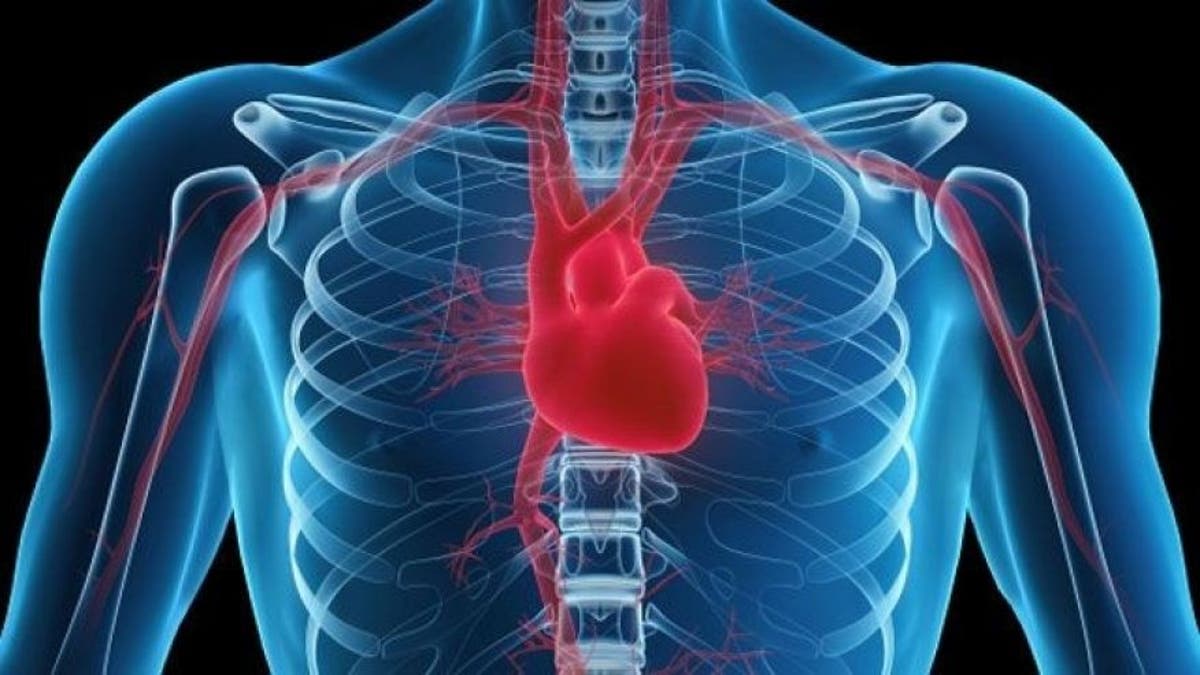
Coronary heart disease is the leading cause of death in men and nearly 20 percent of men between age 60 and 79 have it, according to the American Heart Association.
What many of these men don’t realize is that insulin resistance—an often misdiagnosed, under-recognized syndrome—is the leading cause of pre-diabetes, type 2 diabetes and heart disease.
When a person has insulin resistance, the cells do not respond to insulin so the body has to make greater and greater amounts of it to help glucose enter the cells.
“The problem in many situations is that patients very often see diabetes as something that you wake up with one day and you have it,” said Dr. Regina Druz, a cardiologist and internist in Mineola, New York.
The reality, however, is that men can have insulin resistance 20 years before they’re even diagnosed with type 2 diabetes.
“It silently inflames the arteries without the individual knowing it,” said Dr. Amy Doneen, medical director for the Heart Attack and Stroke Prevention Center in Spokane, Washington and an adjunct professor for Texas Tech Health Sciences Center.
Eighty-six million people have insulin resistance and more than 70 percent of those who have heart attacks also have insulin resistance.
Diabetes is responsible for 12 percent of deaths, which more than previously thought, according to a recent study in the journal PLOS One.
Men with insulin resistance may not have a history of diabetes, but they often have a history of heart disease.
“Their family history is so riddled with vascular disease that you must suspect insulin resistance because it’s so prevalent in that population,” Doneen said.
Insulin resistance often goes undiagnosed because some of the characteristics of pre-diabetes are often overlooked, such as an elevated C-reactive protein level (CRP) and other inflammatory biomarkers.
“By the time somebody is diagnosed with type 2 diabetes, they usually have systemic arteriosclerosis and they didn’t even know it was happening,” Doneen said.
In fact, 66 percent of patients who were treated in the emergency room for a heart attack were found to have either diabetes or abnormal glucose levels, according to a study in the journal Diabetes Care.
Insulin resistance typically starts to show up in middle age. Although it’s mostly genetic, there are risk factors:
- High triglycerides and low HDL (good) cholesterol levels
- A waistline over 40 inches
- High blood pressure: 120/70 or greater
- A high fasting blood sugar
- Vascular inflammation, which is diagnosed through a coronary calcium scan or carotid intima media thickness (CIMT) test, as well as inflammatory biomarkers
Insulin resistance is associated with an unhealthy diet, lack of physical activity, smoking, stress, lack of sleep and exposure to heavy metals and toxins, and metabolic syndrome, which affects 35 percent of adults in the US, according to a study in the Journal of the American Medical Association.
Metabolic syndrome is characterized by fat around the waistline, visceral fat around the internal organs and a loss of muscle mass.
“When you have adequate muscle mass, it helps to control the rate of the rise of blood sugar after meals because muscles burn sugar and burn it pretty fast,” Druz said.
Although being overweight increases a man’s risk for insulin resistance, 50 percent of people who have it don’t have a weight problem.
“You can be lean and fit and an Ironman athlete and have genetically driven [insulin] resistance,” Doneen said.
Ask for these tests
In order for a doctor to reach a diagnosis of insulin resistance, a fasting blood sugar test isn’t enough, Doneen said. She suggested men get screened with a $20 fasting glucose tolerance test. Since it’s not part of the normal work-up, you’ll have to ask for it.
You should not only know how much you weigh, but your waist circumference, your percentage of visceral fat, your body composition and your total body fat.
Also, ask your doctor to test your hemoglobin A1c levels and compare them to past tests to find out if your body is becoming insulin resistant. There are also advanced blood tests for inflammatory biomarkers and genetic tests to identify your predisposition for insulin resistance.
“We really do believe that people don’t have to become type 2 diabetic to know that they’ve been insulin resistant for the last 20 years,” Doneen said.
A healthy, low-sugar diet, active lifestyle, regular exercise, stress reduction and healthy sleep habits can all help prevent insulin resistance.
“Think like a diabetic so you never become one,” Doneen said.
